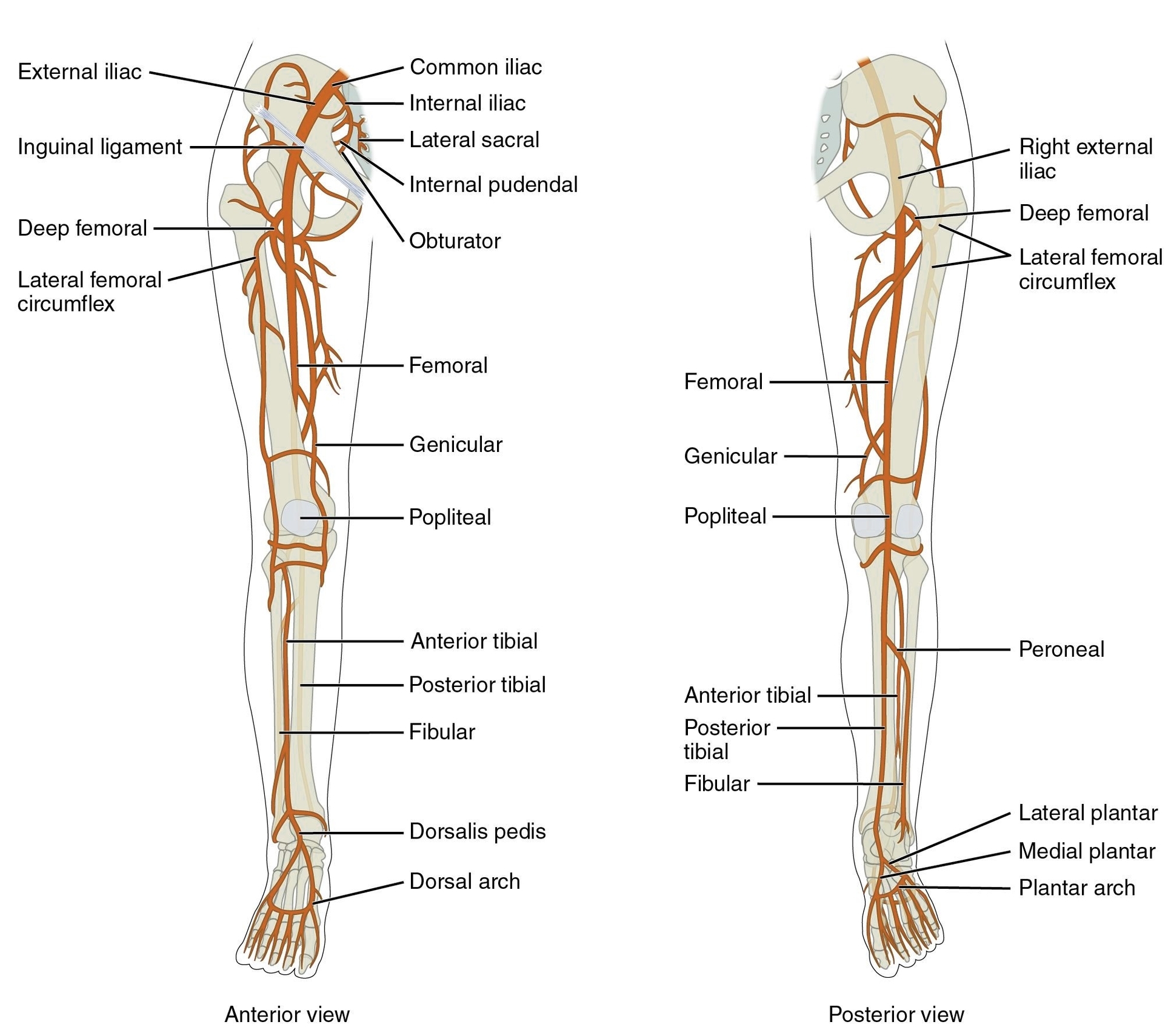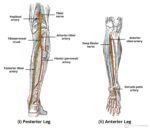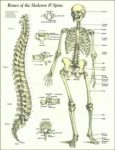Arteries of the Body: Essential Pathways for Life
Arteries, the vital conduits of our circulatory system, play a pivotal role in maintaining our health and well-being. These remarkable blood vessels transport oxygen-rich blood away from the heart, ensuring that every cell, tissue, and organ receives the nourishment it needs. arteries, exploring their structure, functions, and major pathways.
## Anatomy of Arteries
### 1. Organization and Types
The circulatory system comprises three types of blood vessels: arteries, veins, and capillaries. Arteries stand out as the robust highways that propel oxygenated blood from the heart to the rest of the body. Unlike veins, which return blood to the heart, arteries are responsible for the outward journey.
Two distinct pathways define arterial circulation:
– Systemic Circuit: In this circuit, oxygen-rich blood embarks on its journey away from the heart, nourishing tissues throughout the body.
– Pulmonary Circuit: Here, oxygen-depleted blood leaves the heart and heads to the lungs, where it exchanges carbon dioxide for fresh oxygen.
Arteries can be further categorized based on their composition:
– Elastic Arteries: These arteries, located closer to the heart, boast abundant elastic fibers. Their unique elasticity allows them to expand and contract rhythmically with each heartbeat. The aorta, the largest artery in our body, exemplifies this type.
– Muscular Arteries: Found farther from the heart, these arteries contain more smooth muscle tissue and fewer elastic fibers. They regulate blood flow to specific organs and regions.
### 2. Artery Wall Layers
The walls of arteries consist of three distinct layers:
– Tunica Intima: The innermost layer comprises endothelial cells and elastic fibers. These cells facilitate smooth blood flow.
– Tunica Media: Often the thickest layer, it consists of smooth muscle cells and elastic fibers. The tunica media dynamically adjusts the vessel’s diameter, ensuring optimal blood flow.
– Tunica Externa: The outermost layer provides structural support, composed mainly of elastic fibers and collagen.
### 3. Artery Sizes
Arteries exhibit a wide range of sizes. Let’s explore this spectrum:
– Aorta: The grand gateway, originating at the heart, the aorta sets the stage for blood distribution. As arteries branch away from it, they become progressively smaller.
– Arterioles: These tiny vessels connect to capillaries, the smallest blood vessels. Capillaries facilitate the exchange of oxygen, nutrients, and waste products between blood and cells.
– Major Arteries: Here are some key arteries and their associated territories:
– Aorta: The largest and most critical artery, the aorta launches blood into the systemic circulation, reaching every nook and cranny of our body.
– Head and Neck Arteries: The common carotid artery and the external carotid artery supply blood to the head and neck regions.
– Torso Arteries: These include the internal thoracic artery, which nourishes the chest wall, and the celiac trunk, serving abdominal organs.
– Abdomen Arteries: The superior mesenteric artery and the renal arteries play essential roles in abdominal circulation.
– Arm Arteries: The brachial artery, originating from the axillary artery, supplies the upper limb.
– Leg Arteries: The femoral artery, popliteal artery, and tibial arteries ensure blood flow to the lower extremities.
### 4. Vital Functions
Arteries are lifelines, ensuring the timely delivery of oxygen, nutrients, and hormones to our cells. Their robust walls accommodate the high pressure generated by the heart’s pumping action. Without arteries, our tissues would starve, and our bodies would falter.
In summary, arteries form an intricate network, tirelessly ferrying life-sustaining blood to every corner of our being. Their resilience, adaptability, and unwavering commitment to our well-being underscore their significance. So, the next time you feel your pulse, remember that it’s the rhythmic dance of arteries keeping you alive and thriving! ????
: [Healthline](https://www.healthline.com/health/arteries-of-the-body)
: [Cleveland Clinic](https://my.clevelandclinic.org/health/body/22896-arteries)
: [ThoughtCo](https://www.thoughtco.com/artery-anatomy-373235)
: [Medical News Today](https://www.medicalnewstoday.com/articles/arteries)
: [Wikipedia](https://en.wikipedia.org/wiki/List_of_arteries_of_the_human_body).
o



